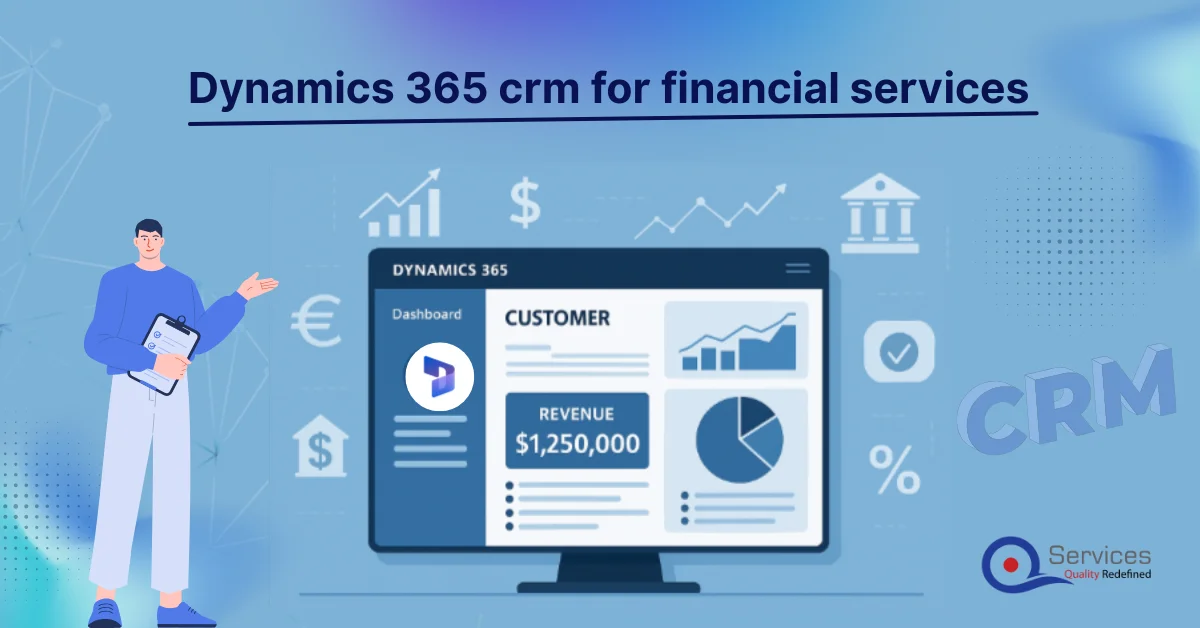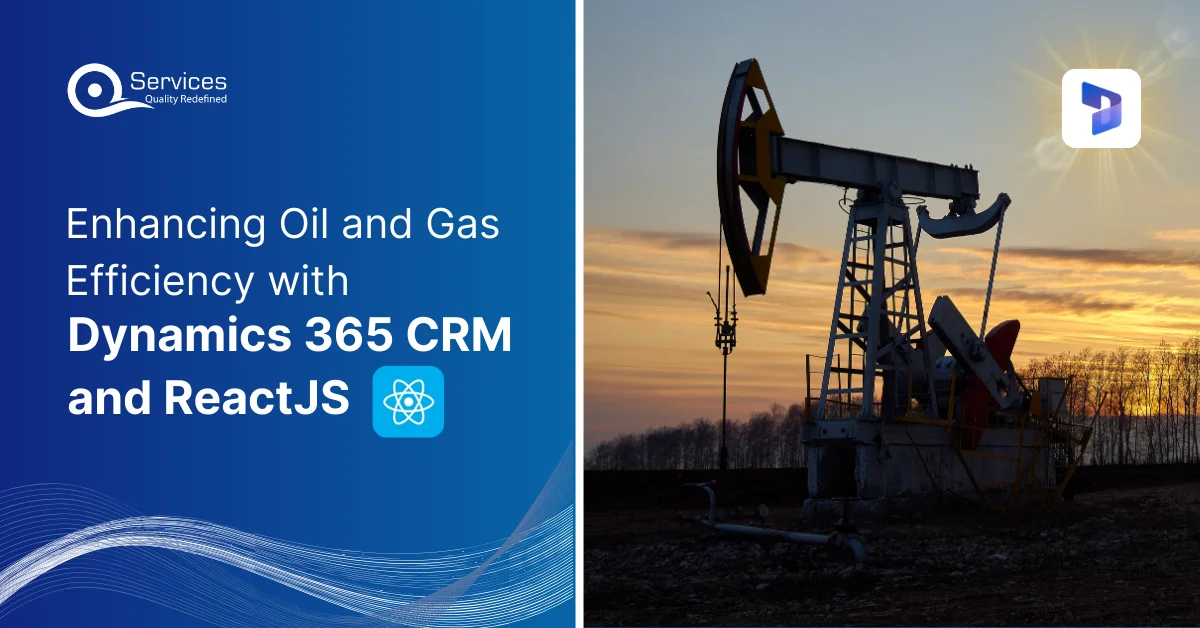
Home » How Machine Learning is Changing Financial Risk Assessment?

The financial world has really changed in how it looks at risk. In the past, it was mostly about credit scores and manually checking paperwork, which wasn’t always the most flexible. But the application of machine learning in Finance is making those processes much more dynamic. For example, McKinsey’s research shows that machine learning can cut credit losses by as much as 10%. This shift isn’t just about getting better results—it also allows for using more data, making finance more inclusive and efficient.
Traditional Models Overlook Key Financial Data. Financial risk models that rely on traditional data, such as income levels, credit scores, and previous borrowing activity, often fail to account for other crucial risk factors. Credit scoring models like FICO, which primarily focus on payment history and current debt levels, tend to exclude alternative data sources—such as social media activity, rent history, and utility payments—that could provide more insight into an individual’s true financial situation.
Traditional risk models are often inflexible, using fixed criteria and assumptions that don’t easily adapt to changing economic conditions or individual circumstances. This can lead to outdated or inaccurate assessments.
A traditional credit scoring model might rely solely on fixed criteria such as income and job stability. However, if an individual faces a temporary income drop or changes jobs, the traditional model would not adapt quickly enough to reflect these new circumstances, potentially leading to an inaccurate risk assessment.
Traditional financial risk models are often shaped by human biases, which can unintentionally lead to discrimination, particularly against marginalized or economically disadvantaged groups. For instance, certain demographic groups may face higher rejection rates for loans or credit applications in traditional credit scoring systems, where biases regarding income, geography, or socioeconomic status are embedded in the model.
Many traditional risk models involve manual processes—such as data entry, document review, and assessment by loan officers—that are time-consuming and prone to human error.
A loan officer might manually enter financial data into an outdated system, leading to errors in calculations or inconsistencies in data entry, which can delay loan approvals or result in inaccurate risk assessments.
Traditional risk assessment models often struggle to process large volumes of data efficiently. As a result, they may overlook valuable insights and patterns that could improve risk predictions.
Financial markets today produce an enormous influx of transaction data, market information, and consumer behavior data. Traditional risk assessment models often find it challenging to manage the large amount of data flowing in real-time, which restricts their capacity to identify emerging risks such as fraud or sudden market fluctuations.
Traditional models often rely on periodic updates based on historical data. This means that financial risk assessments can be outdated and slow to respond to fast-changing conditions.
During an economic downturn or market crisis, traditional models may not provide real-time insights into potential risks, leaving financial institutions vulnerable to sudden changes or shocks.
Ensuring compliance with evolving regulatory standards is also one of the major challenges for traditional risk assessment models.
Traditional models may not have the transparency needed to demonstrate how decisions (e.g., loan approvals or rejections) are made, which can be a compliance issue under regulations like GDPR or the Fair Lending Act.
Get free Consultation and let us know your project idea to turn into an amazing digital product.
Machine learning in Financial Services is totally changing the game when it comes to financial risk assessments. Unlike the old-school models that are pretty rigid and narrow, ML uses tons of different data, learns from new info all the time, and spots patterns in real-time. Here’s how:
Traditional risk models are pretty much stuck with whatever data they have, like credit scores and income levels, and don’t really account for big, sudden changes in someone’s financial life. Machine learning for finance, though, allows financial models to adjust as things change in real-time, making the assessments more accurate and timely.
For example, ML models can update credit risk scores automatically based on real-time changes—whether it’s a dip in income or an unexpected spending surge. If someone suddenly has less money coming in or starts making large purchases, the model will quickly adjust, giving a more accurate picture of the financial risk.
When we talk about traditional models they typically rely on a limited set of data—such as income and credit history—which can fail to capture a full picture of an individual’s financial situation. Machine learning applications in finance can process and analyze large volumes of diverse data, including transaction history, behavioral data, and even social media activity, to create a more holistic risk profile.
For individuals who lack traditional credit histories (e.g., young adults or immigrants), ML can incorporate alternative data, such as utility or rent payment history, to assess creditworthiness. This expands access to credit for people who might be excluded by traditional credit scoring models.
AI and machine learning in finance having ability to identify hidden patterns in large datasets that traditional models might miss. With powerful algorithms, ML in finance can detect potential risks like fraud or loan defaults early, allowing businesses to respond proactively and avoid bigger issues down the line.
An example would be detecting fraud in real-time—if a customer’s typical spending pattern suddenly changes, such as an unexpected international purchase, ML can recognize the anomaly and flag it as potentially fraudulent, notifying the bank to take action immediately.
Traditional risk models tend to be biased, unintentionally putting certain groups at a disadvantage based on various factors like socioeconomic status, race, or gender. To avoid it Machine learning applications in finance solve this with unbiased decisions, allowing for more accurate financial assessments.
Take traditional credit scoring systems, for example—they can unfairly disadvantage certain people because of biases in the data or old lending practices. With ML, we can use more diverse data sources and constantly check the impact of decisions, helping to reduce bias related to factors like gender, age, race, or where someone lives. In this way, lending decisions are driven by actual financial behavior, making credit access more equitable for everyone.
There are several machine learning use cases in finance such as:
AI and ML in Financial Services is improving traditional credit scoring models by considering alternative data and continuously updating risk assessments.
Example: AI models assessing the creditworthiness of individuals without credit histories, using non-traditional data points like utility bills, rental payments, and even mobile phone usage.
ML algorithms analyze large volumes of transaction data to identify fraudulent behavior in real time, reducing losses for financial institutions.
Example: Detecting fraud in payment systems by flagging unusual patterns in transaction data (e.g., a customer making multiple large transactions in a short time span from different locations).
ML algorithms for analyzing market trends, economic indicators, and portfolio risk, helping asset managers make more informed decisions.
Example: Predicting market volatility and managing investment portfolios based on real-time analysis of global events using ML-powered models.
Machine learning for financial services provides more granular risk assessments in both market risk (e.g., changes in asset prices) and credit risk (e.g., likelihood of default).
Example: Stress testing financial models for extreme scenarios using machine learning simulations to predict potential market crashes or sudden economic downturns.
Let’s discuss AI and ML in finance
For classification and regression tasks, helping in credit scoring and risk assessment.
An ensemble method that improves accuracy by combining multiple decision trees, useful in predicting loan defaults.
Effective for complex pattern recognition, such as fraud detection and market trend analysis.
Used for classification and regression, particularly in identifying outliers and anomalies in financial data.
Here, models are taught with labeled data to predict things like credit scores or whether someone qualifies for a loan.
Unsupervised learning looks for hidden trends in data without any predefined labels—like categorizing customers by their purchasing behaviors for more personalized marketing.
AI can streamline tasks like data entry, reconciliation, and compliance reporting, reducing manual errors and operational costs.
AI integrates with financial systems to provide real-time insights and predictive analytics, enhancing decision-making processes. For example, AI can analyze market data to provide instant trading recommendations.
NLP can extract and analyze information from large volumes of documents, automating tasks such as contract review and financial reporting.
NLP can analyze news articles, social media, and other text data to gauge market sentiment, helping traders make informed decisions.
By processing and interpreting news in real-time, NLP can trigger automated trading strategies based on the sentiment and relevance of the news.

AI and machine learning are making financial operations much more efficient by automating tasks like trading, underwriting, and customer service. This means less time spent on routine work, and more time for financial institutions to focus on higher-priority tasks. AI also helps streamline back-office functions, like data entry and reconciliation, making everything run more smoothly.
With machine learning, financial institutions can make better decisions. AI helps with things like credit scoring, risk assessment, and investment predictions by analyzing massive amounts of data. The result? More accurate forecasts and data-driven choices improve portfolio performance and overall risk management.
AI automates mundane tasks, cutting down on costs and the need for large teams to do manual work. This frees up resources for more valuable activities, reduces human error, and makes everything run smoother.
AI ML in Finance helps improve risk management by delivering a more in-depth analysis of risks, from market shifts to credit problems and operational hiccups. The ability to analyze data in real-time means institutions can detect issues early and act swiftly to prevent larger complications.
AI transforms customer service by using data analysis to customize financial products and services for individual needs. AI-driven chatbots and virtual assistants streamline support, making it faster and more precise, which elevates overall customer satisfaction and engagement.
Azure Digital Twins offer a smarter way to manage assets in the oil and gas industry. By creating real-time digital replicas of your equipment, you can predict maintenance needs, reduce unexpected downtime, and avoid costly repairs. This approach helps extend the life of critical assets and also improves efficiency and cuts operational costs. Adopting this technology can lead to smoother operations, better resource management, and ultimately, a stronger bottom line for your business.

Our Articles are a precise collection of research and work done throughout our projects as well as our expert Foresight for the upcoming Changes in the IT Industry. We are a premier software and mobile application development firm, catering specifically to small and medium-sized businesses (SMBs). As a Microsoft Certified company, we offer a suite of services encompassing Software and Mobile Application Development, Microsoft Azure, Dynamics 365 CRM, and Microsoft PowerAutomate. Our team, comprising 90 skilled professionals, is dedicated to driving digital and app innovation, ensuring our clients receive top-tier, tailor-made solutions that align with their unique business needs.

Hyperautomation and Generative AI are now two of the most talked-about topics in banking automation. Banks are increasingly adopting these technologies to enable seamless, end-to-end operations across financial services.

Dynamics 365 CRM for Financial Services is a specialized version of Microsoft Dynamics 365 Customer Relationship Management (CRM) tailored specifically for the financial services industry. It is designed to help financial institutions, such as banks, insurance companies, investment firms, and wealth management organizations, manage their customer relationships, streamline operations, and enhance service delivery.

Companies are catching on to the fact that they need cool tech like Dynamics 365 CRM and ReactJS if they want to keep things running smooth and make smarter choices.
Machine learning plays a significant role in financial risk assessment by analyzing large amounts of data to identify hidden patterns and predict potential risks. ML algorithms process historical and real-time data, offering more accurate and timely insights that help financial institutions improve risk predictions and decision-making processes.
Machine learning algorithms help detect fraud by analyzing transaction data, identifying anomalies that may indicate fraudulent activities. For example, if a customer suddenly makes a large or unusual purchase, ML models can flag this as potentially fraudulent, allowing financial institutions to take immediate action to prevent further damage.
Ethical considerations when implementing machine learning in financial risk assessment include:
Machine learning techniques, such as bias detection algorithms and fairness constraints, are employed to minimize bias in risk assessments. These methods help ensure that models do not unfairly disadvantage certain groups based on factors such as race, gender, or socioeconomic status, leading to fairer and more equitable financial decisions.
Models are updated with new regulatory requirements and retrained to ensure compliance, helping institutions stay ahead of regulatory changes.
High-quality data is essential for machine learning models because the accuracy of predictions directly depends on the quality of the data being fed into the model. Clean, accurate, and representative data ensure that the model can correctly identify patterns, reduce errors, and make reliable risk predictions.
Machine learning models detect anomalies by analyzing transaction patterns and identifying deviations from normal behavior. For example, if a user’s spending suddenly spikes in an unusual location, or if transactions appear inconsistent with their historical behavior, the model flags this as potentially fraudulent or risky activity.
Best practices for successfully implementing machine learning in financial risk assessment include:
Big data provides the extensive datasets needed for training machine learning models, enabling more comprehensive and accurate risk assessments.
Machine Learning Models analyze correlations and dependencies between different asset classes to provide a comprehensive view of multi-asset risk.
INDIA : F-190, Phase 8B, Industrial Area, Sector 74,
Mohali, India
CANADA : 55 Village Center Place, Suite 307 Bldg 4287, Mississauga ON L4Z 1V9, Canada
USA :2598 E Sunrise Blvd, Fort Lauderdale,FL 33304,
United States

Founder and CEO

Chief Sales Officer
